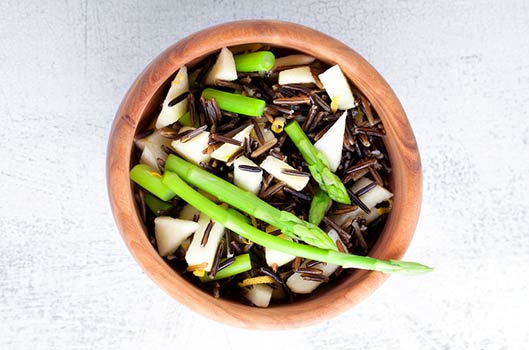While many consider flan the quintessential Latin-American dessert, the first recipes actually hail from Ancient Rome, nearly two thousand years ago. The Romans were the first to domesticate chickens, and needed ways to use up this egg surplus. Borrowing a bit of cooking wisdom from their Greek neighbors, they created new egg-based recipes, including this dessert, which means “flat cake” in Latin.The Romans often served it as a savory dish; one particular delicacy was eel flan. (Yes, eel.) However, a recipe for a sweet honey-flavored one has been recorded. (Details on next page).
 Fun Fact: In Roman times, it was considered to health food and believed to soothe the chest, aid the kidneys and liver, increase fertility, and reduce urinary tract infections.
Fun Fact: In Roman times, it was considered to health food and believed to soothe the chest, aid the kidneys and liver, increase fertility, and reduce urinary tract infections.
Romans shared their recipes as they conquered Europe throughout the first few centuries AD. And although the Roman empire fell in 476, the flan survived. Throughout the Medieval Empire (5th-15th Century AD), the recipe was adapted and sweeter versions emerged. It was the Spaniards who first topped theirs with caramel sauce. Fast forward to the 1500s, when Spanish conquistadores first brought the treat when they arrived in Mexico.













